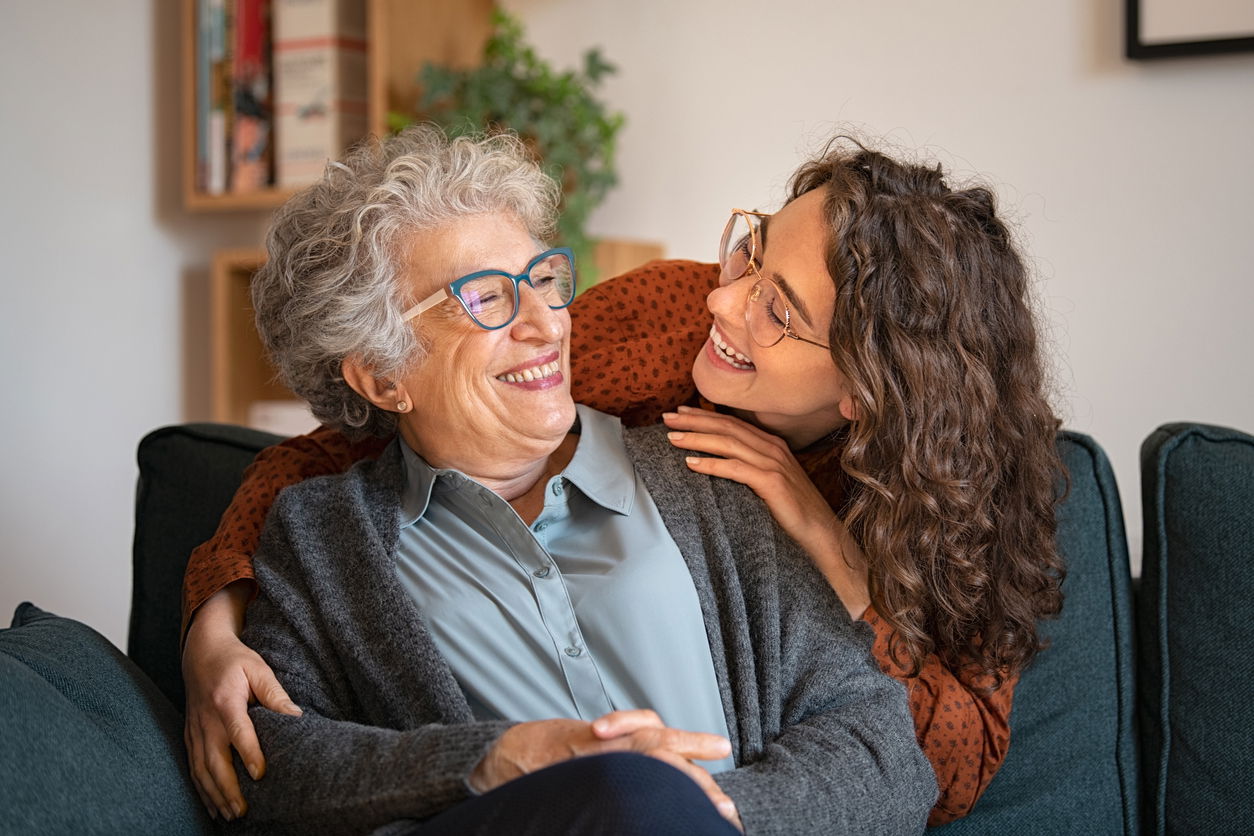Support
10 Simple Home Modifications to Help a Loved One with Memory Loss Age in Place
As memory loss progresses, everyday tasks can become more confusing, frustrating, or even dangerous. But for many families, the goal is to help their loved ones continue living at home for as long as possible.
Read more

Written by
Tyler Zanini, Founder at Memoryboard

This approach, known as aging in place, is not only possible for people with dementia, but often preferred, as it allows them to stay in familiar surroundings with a sense of routine and comfort.
One of the best ways to support aging in place with memory loss is by making a few practical, dementia-friendly home modifications. These small changes can significantly improve safety, reduce confusion, and help your loved one maintain more independence.
Below are 10 simple but effective home modifications for individuals with dementia or Alzheimer's disease that can make aging in place safer and more manageable.

Image description
1. Add Clear Labels and Visual Cues
Use large-print labels, images, or even color-coded signs on drawers, cabinets, and doors to help your loved one easily identify everyday items and rooms.
Why it helps: Reduces confusion and increases confidence when navigating the home.
Example: A photo of a toilet on the bathroom door or a label that says "Snacks" on the pantry.
2. Install Motion-Sensor and Night Lighting
Poor lighting increases the risk of falls, especially for older adults with memory issues who may wake up disoriented at night. Install motion-activated lights in hallways, bathrooms, and staircases to ensure key areas are always well lit.
Why it helps: Provides safety at night and minimizes the need to fumble for light switches.
3. Declutter and Simplify Living Spaces for People with Dementia
Create a calm, low-stimulation environment by removing unnecessary furniture, decor, and clutter from common areas.
Why it helps: Clutter can cause confusion and anxiety, while clear spaces promote focus and calm.
Tip: Stick to a minimalist layout with familiar and functional items only.
4. Use Contrasting Colors to Highlight Key Objects
People with dementia may struggle with depth perception or distinguishing similar colors. Use contrasting hues to make important objects and surfaces stand out.
Why it helps: Enhances visibility and reduces the likelihood of missing or misjudging essential items.
Example: A red placemat on a white table or a dark-colored toilet seat in a light bathroom.
5. Secure Rugs, Cords, and Tripping Hazards
Loose rugs, exposed cords, and unstable furniture pose a serious fall risk. Remove or tape down rugs and neatly organize cords with cable covers.
Why it helps: Prevents accidents and makes it easier to move around the home safely.
6. Create a Centralized Memory Station or Message Board
Designate a place in the home for calendars, reminders, schedules, and photos. Better yet, use a digital memory aid like Memoryboard to automate reminders and keep family communication centralized.
Why it helps: Supports daily routines and reduces anxiety by reinforcing what’s happening next.
7. Simplify the Kitchen for Safety to Support Aging in Place
Remove rarely used appliances, label food items clearly, and place essential items within easy reach.
Why it helps: Makes it easier for your loved one to prepare simple meals and avoid confusion or accidents.
Bonus tip: Consider an automatic shut-off kettle or stove for added safety.
8. Install Grab Bars and Handrails in High-Risk Areas
Bathrooms and staircases are common spots for falls. Add grab bars near the toilet, in the shower, and at steps or staircases.
Why it helps: Offers physical support and builds confidence for independent movement.
9. Use Appliance Safety Features and Smart Devices
Upgrade appliances with safety features like auto shut-off, child-lock settings, or voice controls. Smart home tools like door sensors or medication reminders can also help.
Why it helps: Reduces risk of fire, flooding, or medication errors — while giving caregivers peace of mind.
10. Design a Memory Corner with Familiar Items
Create a small area with framed photos, sentimental objects, or even favorite books and music. This memory corner can serve as a comforting space for reflection.
Why it helps: Supports emotional well-being and cognitive stimulation through familiarity.
Support Aging in Place with Compassion and Practicality
Aging in place with memory loss is entirely possible — especially with a few thoughtful changes to the living environment. These simple home modifications for dementia and Alzheimer’s care can help your loved one feel more confident, safe, and independent at home.
Looking for an easy way to manage reminders, schedules, and messages for your loved one? Memoryboard is a simple, intuitive solution designed to help seniors with memory loss stay connected and on track — without needing to learn a new device.
Join our mailing list and get our FREE daily routine template & tips guide 💜
Email address
Sign up
More from the blog
Read more helpful tips about connecting with your loved ones from the team at Memoryboard.
Empower people with memory loss
Memoryboard enhances daily life and strengthens connections



